Japanese cuisine offers a vast array of dishes, each with its unique taste and cultural significance.
While some dishes have become staples in restaurants worldwide, others remain hidden gems that offer a delightful twist to the culinary experience.
This post explores 11 basic dishes you might want to skip at Japanese restaurants and recommends 11 alternatives that promise a more authentic and exciting dining adventure.
Whether you’re a seasoned sushi lover or a curious first-timer, these recommendations will guide your next order and enhance your appreciation of Japanese culinary artistry.
1. Skip: California Roll
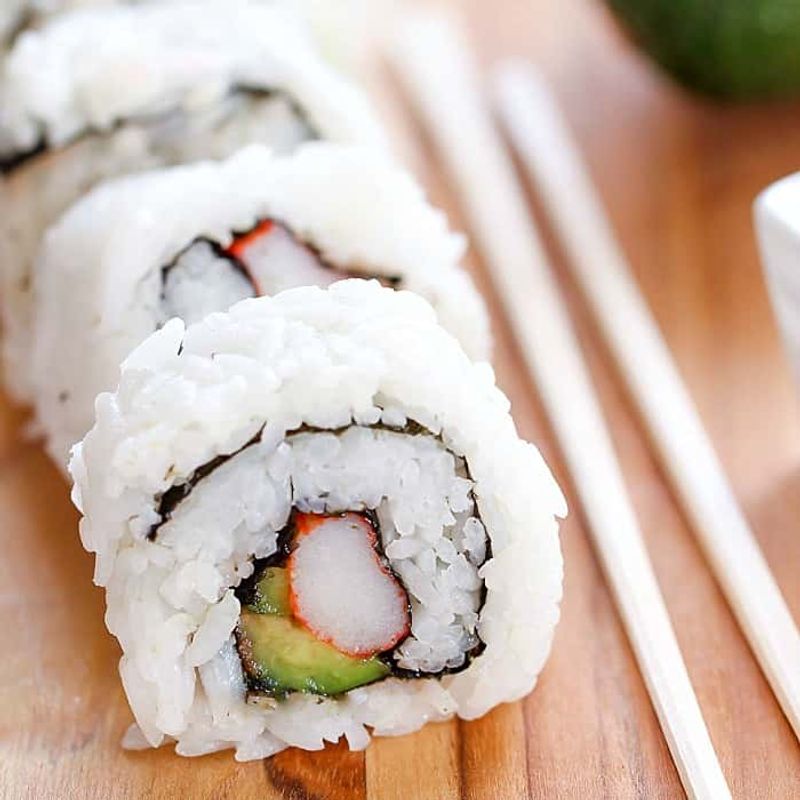
While the California Roll is often the go-to sushi for beginners, it doesn’t truly capture the essence of Japanese sushi. Its origins lie in the United States, crafted to cater to Western palates. The ingredients are simple: imitation crab, cucumber, and avocado rolled in rice and seaweed.
Although it’s a staple in many sushi menus, its simplicity and lack of traditional ingredients make it less exciting. If you’re seeking a more authentic experience, venturing beyond the California Roll is worthwhile.
Consider exploring other options that align more closely with Japanese culinary traditions. This roll, though popular, stands more as an introduction than a genuine representation of Japanese sushi artistry.
2. Order: Nigiri Sushi
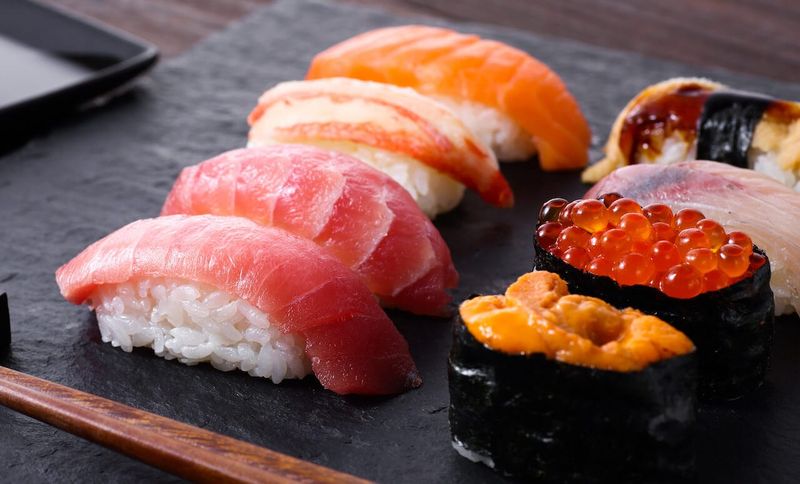
Nigiri Sushi captures the elegance of Japanese cuisine with its simplicity and focus on quality ingredients. Originating from Tokyo in the 19th century, this sushi style highlights the natural flavors of fresh fish.
Each piece consists of a slice of raw fish, like tuna or salmon, placed atop a small bed of vinegared rice. The delicate balance between the rice and fish is key, offering a harmonious taste experience.
For sushi lovers seeking authenticity, Nigiri provides a closer connection to traditional Japanese dining. Its presentation is as important as its taste, reflecting the artistry inherent in Japanese culinary practice.
3. Skip: Teriyaki Chicken
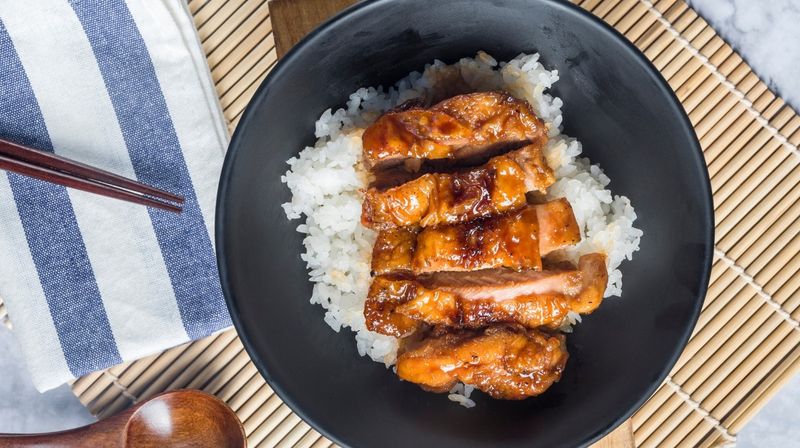
Teriyaki Chicken is often seen on the menus of Japanese restaurants worldwide, celebrated for its sweet and savory sauce. However, it’s fairly Americanized and doesn’t fully represent the breadth of Japanese flavors.
The sauce, made from soy sauce, sake, and sugar, is heavily applied, often overshadowing the chicken itself. While delicious, it lacks the subtlety found in more traditional Japanese dishes.
Thus, if you’re seeking to taste genuine Japanese cuisine, you might consider skipping this one. Look instead for dishes that offer a more nuanced flavor profile, reflecting Japan’s culinary diversity.
4. Order: Yakitori
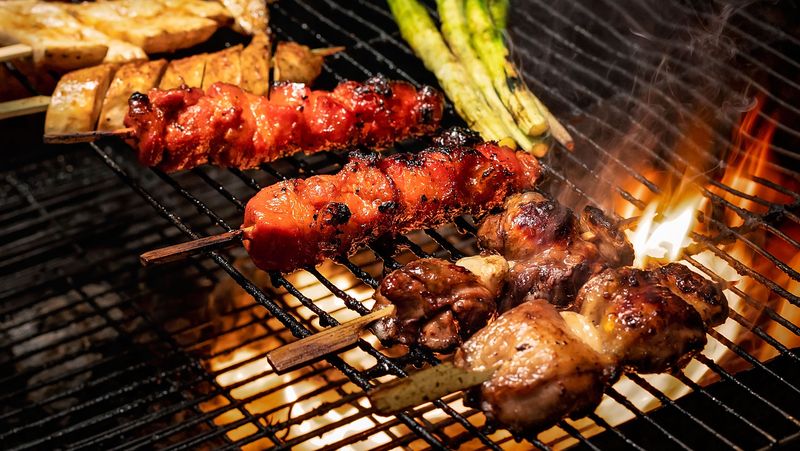
Yakitori, a skewered chicken dish, offers a more authentic and flavorful alternative to Teriyaki Chicken. Originating from Japan, it is typically grilled over charcoal, enhancing its taste with a smoky aroma.
Each skewer can include different chicken parts such as thighs, wings, or even skin, seasoned with either salt or tare sauce. The variety of textures and flavors makes it a delightful experience for meat lovers.
Yakitori is a common item in izakayas, Japanese-style pubs, where it’s enjoyed with drinks and good company. It’s an exploration into the more casual, yet traditional side of Japanese dining.
5. Skip: Tempura
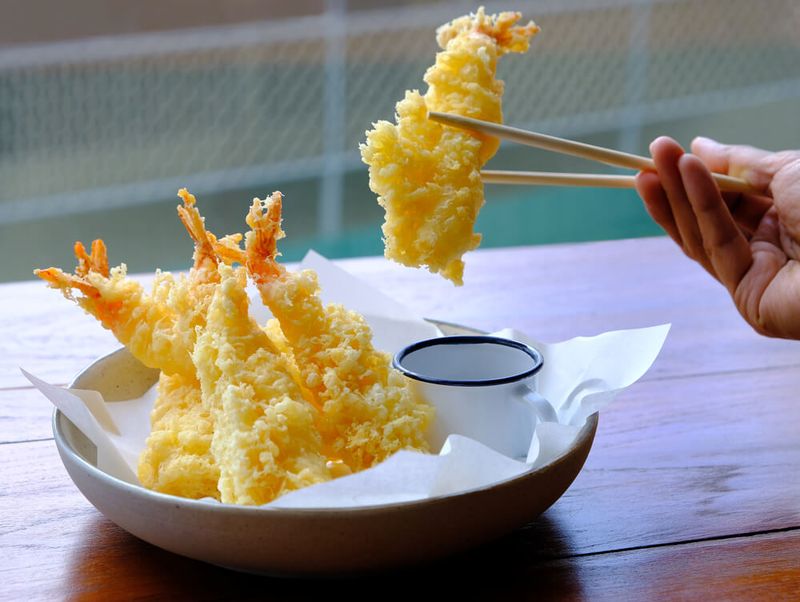
Tempura is a dish many associate with Japanese cuisine, but it has been heavily adapted worldwide. Known for its battered and deep-fried vegetables or seafood, it often becomes overly greasy outside Japan.
The original method focuses on a light, crisp batter that complements rather than overpowers the ingredient. Unfortunately, this balance is often lost, resulting in heavy, oil-soaked pieces.
While enjoying its crunchy texture, those seeking more authentic flavors might find this dish lacks depth. Exploring other options can provide a more authentic taste of Japanese culinary traditions.
6. Order: Sashimi
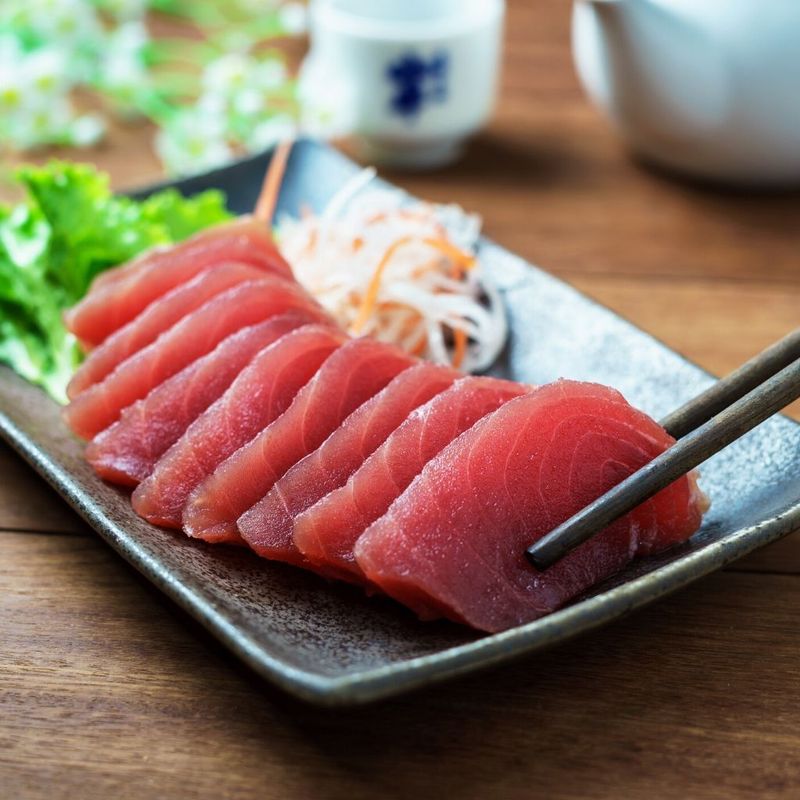
Sashimi is a dish that fully celebrates the purity of fresh fish, offering an unadulterated taste of the ocean. Unlike sushi, it consists solely of thinly sliced raw fish, such as tuna, salmon, or mackerel.
This simplicity allows the natural flavors to shine, making it a preferred choice for those who appreciate seafood in its most pristine form. Each piece is carefully selected and sliced, ensuring top quality and freshness.
For an authentic dining experience, Sashimi connects diners directly with traditional Japanese culinary art, embodying both elegance and restraint.
7. Skip: Miso Soup
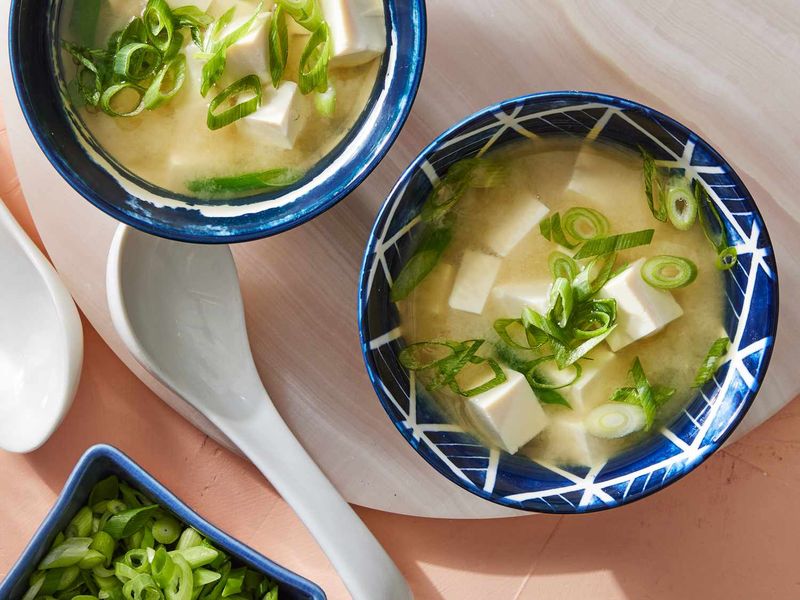
Miso Soup is often an accompaniment in Japanese meals, but its basic form in restaurants abroad can be quite plain. Typically made with miso paste, tofu, and seaweed, it serves as a gentle start to a meal.
However, its flavor can be one-dimensional, lacking the depth found in more complex Japanese dishes. It’s often seen as a side dish rather than a main attraction.
Those looking to explore the richness of Japanese cuisine might want to try other soups or broths that offer a greater variety of flavors and textures.
8. Order: Tonkotsu Ramen
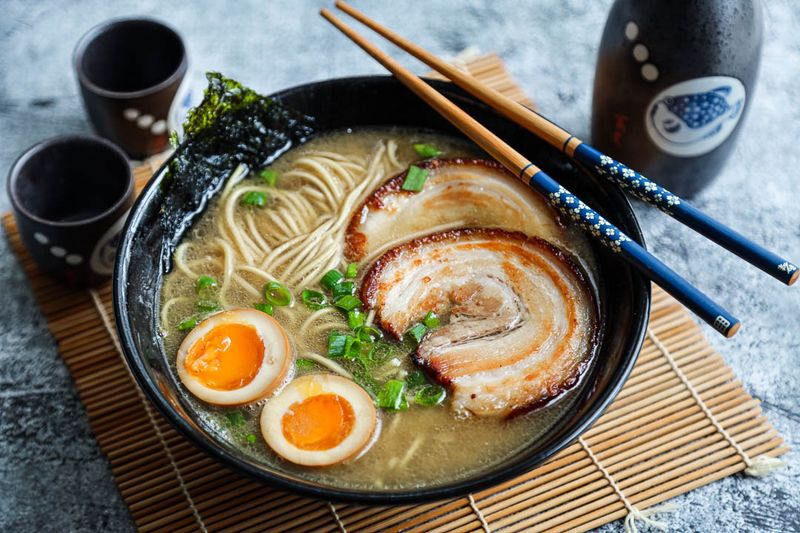
Tonkotsu Ramen is a rich, hearty dish that showcases the depth of Japanese noodle soups. Originating from Fukuoka, Japan, it’s famous for its creamy pork bone broth, cooked for hours to achieve its intense flavor.
This ramen features thin noodles, tender slices of pork, and toppings like a soft-boiled egg and green onions. Each ingredient is carefully chosen to create a balanced, satisfying meal.
For those who want to dive deeper into Japanese flavors, Tonkotsu Ramen offers a fulfilling and authentic taste experience, making it a must-try dish.
9. Skip: Edamame
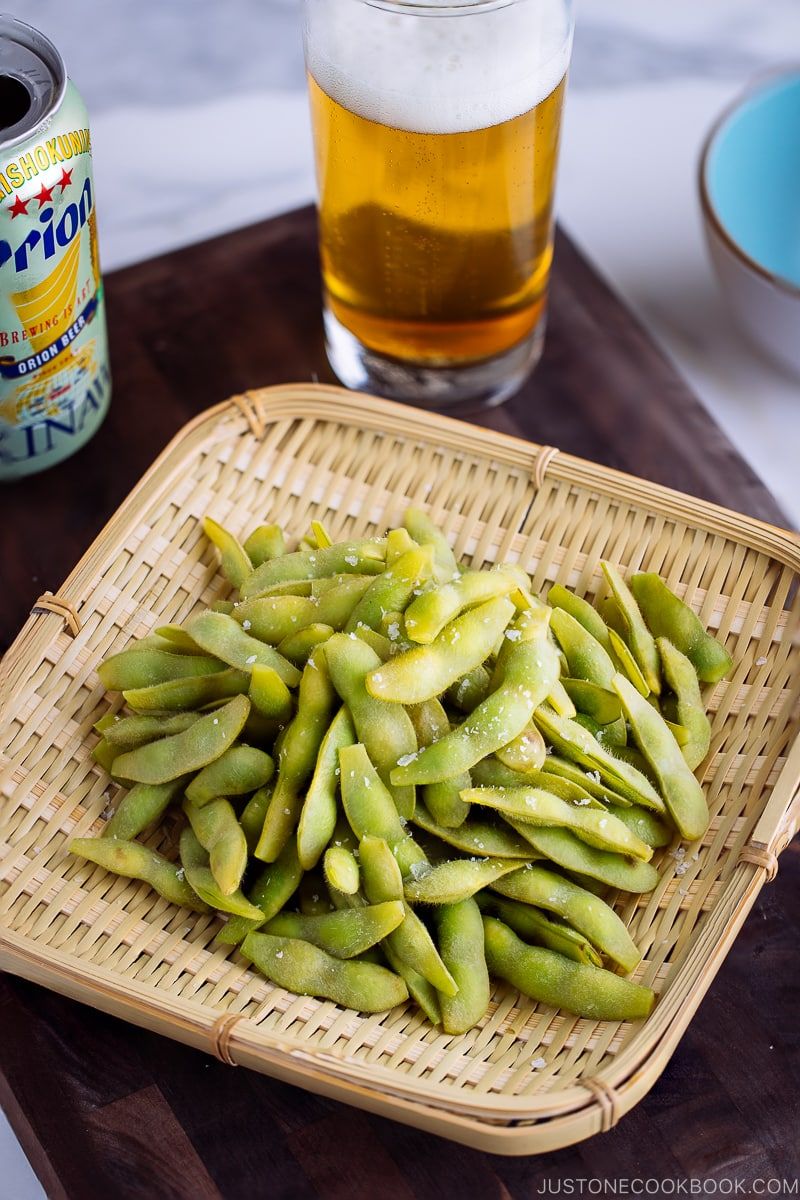
Edamame, often served as a starter in Japanese restaurants, consists of boiled young soybeans in pods. While they are nutritious and easy to eat, their flavor is quite mild, relying mainly on salt for taste.
As a simple appetizer, they don’t capture the complexity or innovation present in many other Japanese dishes. Edamame is more about texture than taste, offering little in the way of culinary excitement.
For those eager to explore the vibrant flavors of Japanese cuisine, there are more adventurous starters that provide a richer experience.
10. Order: Tsukemono
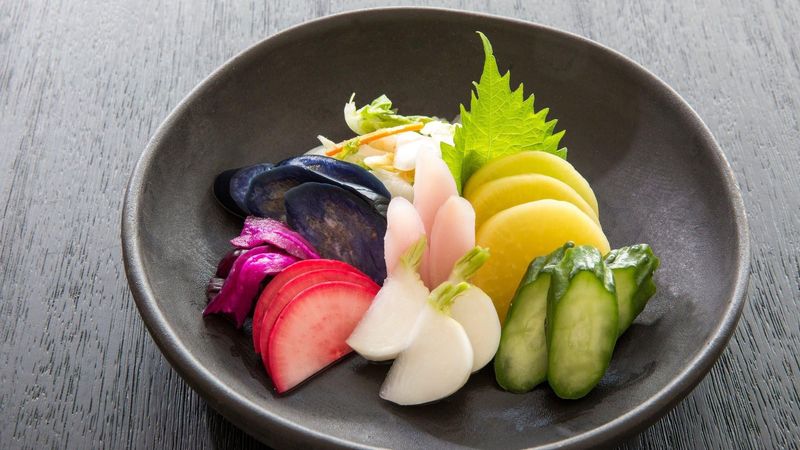
Tsukemono, or Japanese pickles, are a vibrant and flavorful addition to any meal. Made from vegetables such as cucumbers, daikon, or cabbage, these pickles provide a burst of flavor and color.
Their tangy, salty taste contrasts beautifully with many Japanese dishes, enhancing the overall dining experience. Each type of Tsukemono has its own unique seasoning and fermentation process.
For those interested in the subtleties of Japanese cuisine, Tsukemono offers an intriguing glimpse into traditional techniques and flavors, making them a delightful choice.
11. Skip: Green Tea Ice Cream
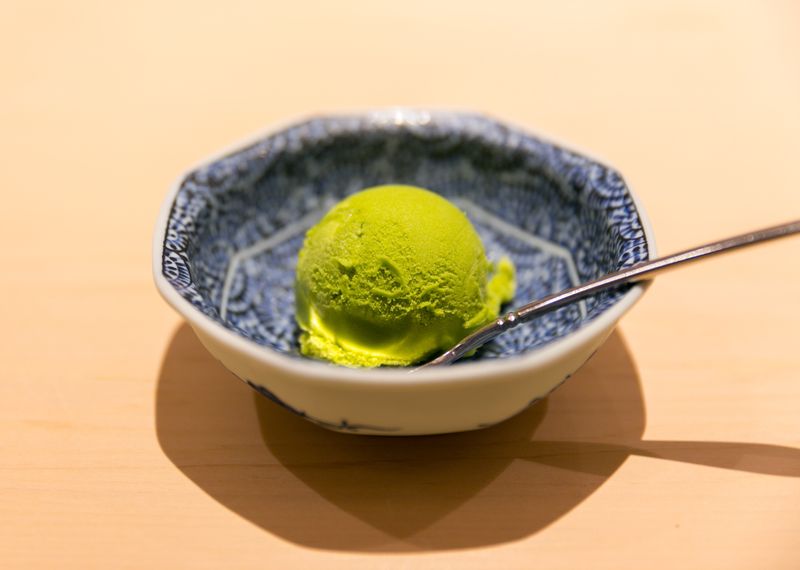
Green Tea Ice Cream is a common dessert in Japanese restaurants, appreciated for its subtle matcha flavor. However, its taste can be inconsistent, often depending on the quality of matcha used.
While it offers a pleasant end to a meal, its flavor doesn’t showcase the full potential of Japanese desserts. As a dessert, it tends to be more creamy and less nuanced than other traditional options.
For a more adventurous palate, there are other sweet treats that provide a more authentic glimpse into Japanese dessert culture.
12. Order: Mochi
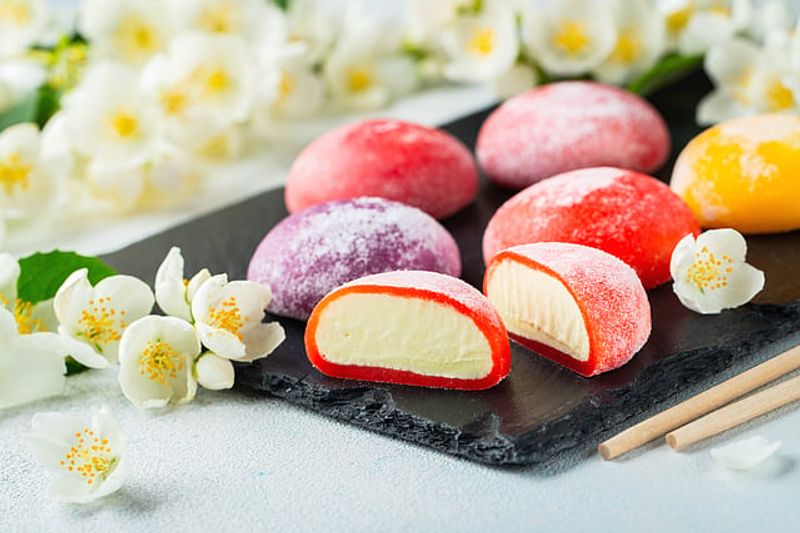
Mochi, a traditional Japanese dessert, is a chewy delight made from glutinous rice. Its unique texture and variety of fillings, such as red bean paste or matcha, make it a favorite among many.
Each bite-sized piece offers a different flavor experience, showcasing the creativity and diversity of Japanese sweets. Mochi is often enjoyed during celebrations and festivals in Japan.
For those seeking a sweet treat that goes beyond the ordinary, Mochi provides a delightful combination of taste and tradition, making it a must-try dessert.
13. Skip: Sushi Rolls
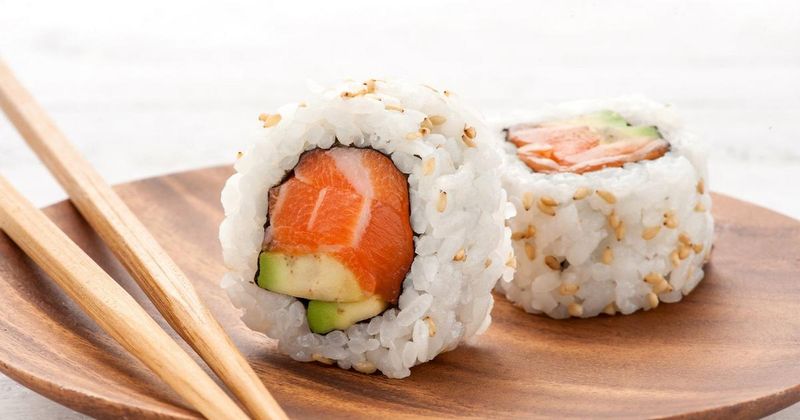
Standard Sushi Rolls, while popular, often lack the excitement and finesse of more traditional sushi forms. They are typically filled with basic ingredients like cucumber and avocado, offering a familiar but uninspired taste.
These rolls are easy to find and enjoy, but they don’t always represent the artistry of Japanese sushi. Their predictable flavor profiles make them less intriguing for those seeking a deeper culinary experience.
For an authentic adventure, exploring other sushi styles can reveal the rich diversity of flavors and techniques inherent in Japanese cuisine.
14. Order: Chirashi
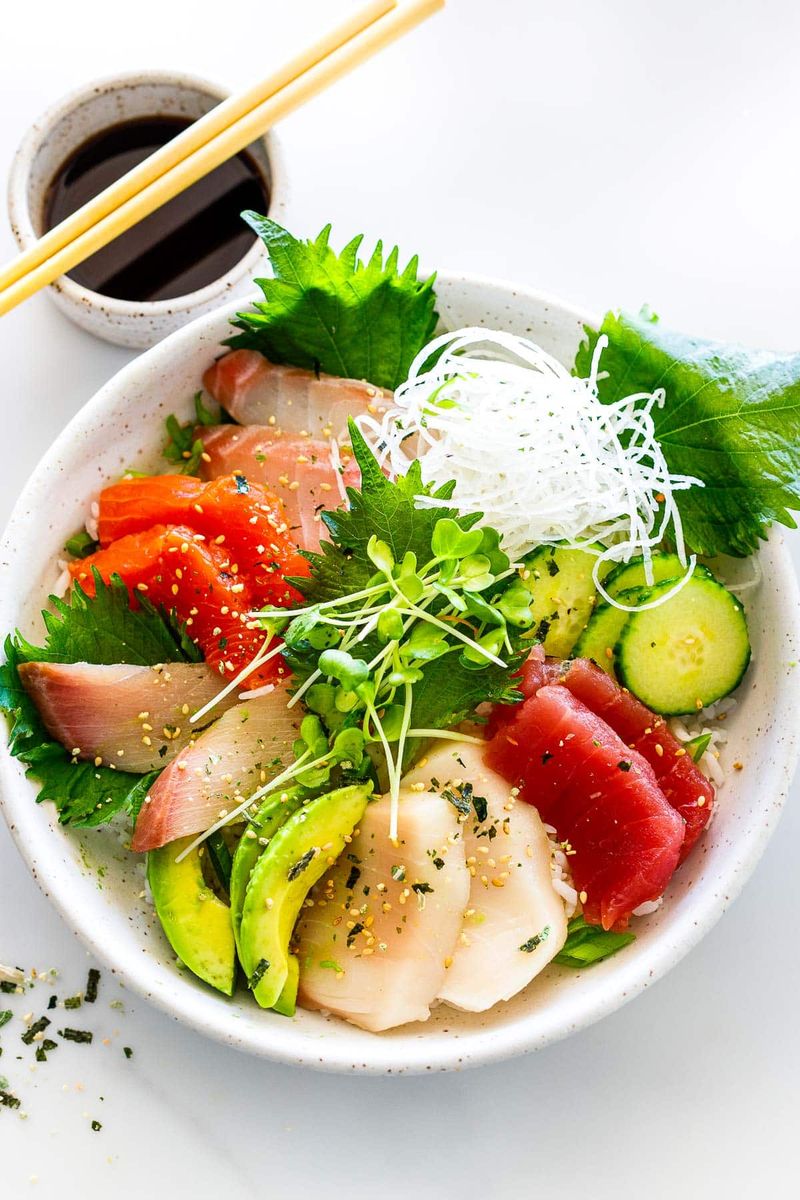
Chirashi, or scattered sushi, presents a vibrant and diverse take on traditional sushi. It features a bowl of vinegared rice topped with an assortment of fresh fish, vegetables, and sometimes egg.
Each bowl is a feast for the eyes and taste buds, offering a variety of flavors and textures in every bite. The ingredients are carefully selected to create a harmonious blend that delights sushi enthusiasts.
For those who enjoy a more eclectic sushi experience, Chirashi provides a creative and satisfying option, connecting diners with the essence of Japanese culinary art.
15. Skip: Ramen
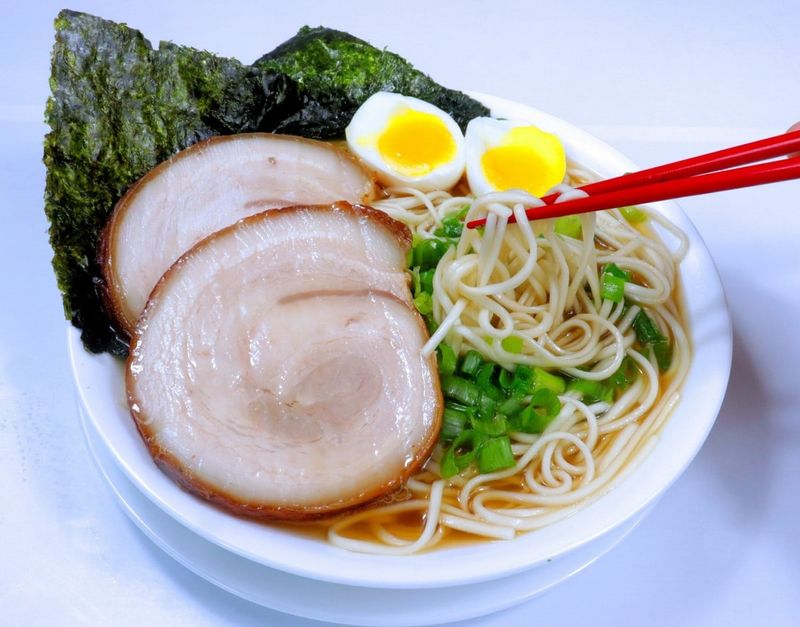
Ramen, while beloved worldwide, often loses its authentic touch outside of Japan. Standard versions can be overly salty or lacking in depth, missing the intricate flavors of traditional Japanese ramen.
The basic combinations of noodles, broth, and toppings are widely accessible, yet they often lack the unique regional variations that make Japanese ramen special.
For those truly interested in exploring authentic Japanese flavors, seeking out specialty ramen dishes offers a more fulfilling taste journey.
16. Order: Shoyu Ramen
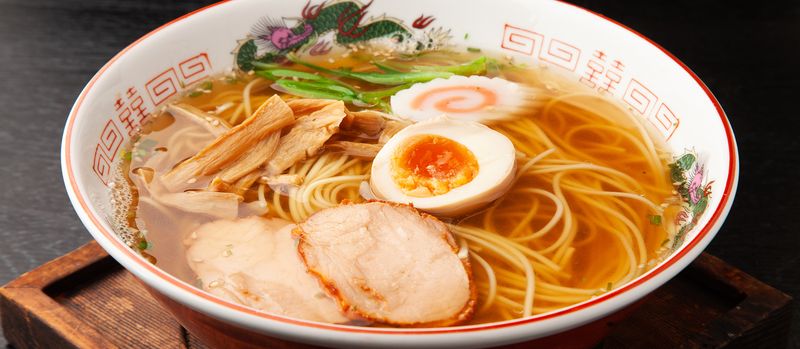
Shoyu Ramen, originating from the Tokyo region, is distinguished by its soy sauce-based broth. This ramen variety offers a lighter, more aromatic experience compared to the richer Tonkotsu.
The balance of soy sauce, broth, and toppings like sliced pork, green onions, and bamboo shoots creates a symphony of flavors. Each component is thoughtfully crafted to enhance the overall dish.
For ramen enthusiasts, Shoyu Ramen provides a nuanced and authentic taste of Japanese noodle soup, celebrating the art of simplicity and flavor balance.
17. Skip: Gyoza
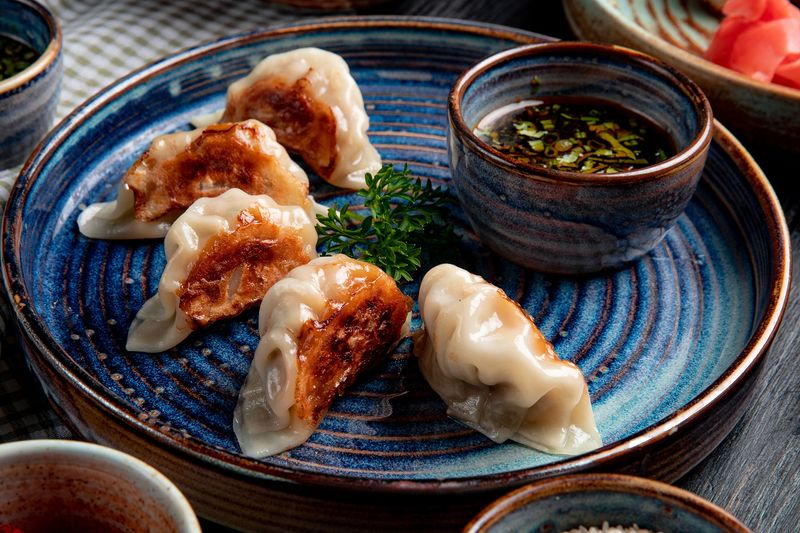
Gyoza, or Japanese dumplings, are often enjoyed as an appetizer, featuring fillings like pork and cabbage. While they are tasty, their flavors are quite familiar, resembling potstickers commonly found in Asian cuisines.
In many restaurants, Gyoza can be greasy and lack the delicate balance of flavors present in more traditional offerings. Their widespread availability makes them a convenient choice but not necessarily an exciting one.
For those eager to delve into the complexities of Japanese cuisine, other appetizers may provide a more memorable experience.
18. Order: Takoyaki
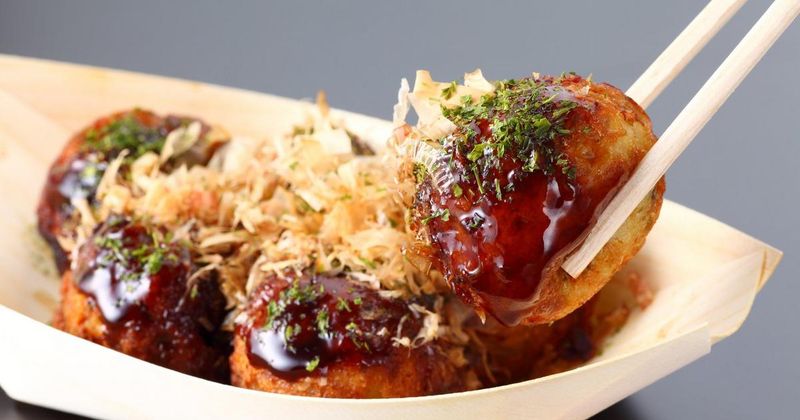
Takoyaki, a street food staple from Osaka, offers a unique and flavorful alternative to Gyoza. These round, crispy balls are filled with diced octopus, tempura scraps, and green onions.
Topped with savory sauce, mayonnaise, and bonito flakes, Takoyaki is a flavorful explosion in each bite. The combination of textures and flavors makes it a favorite among those seeking something different.
For a taste of Japanese street food culture, Takoyaki invites diners to explore the bold and exciting side of the culinary spectrum.
19. Skip: Plain White Rice
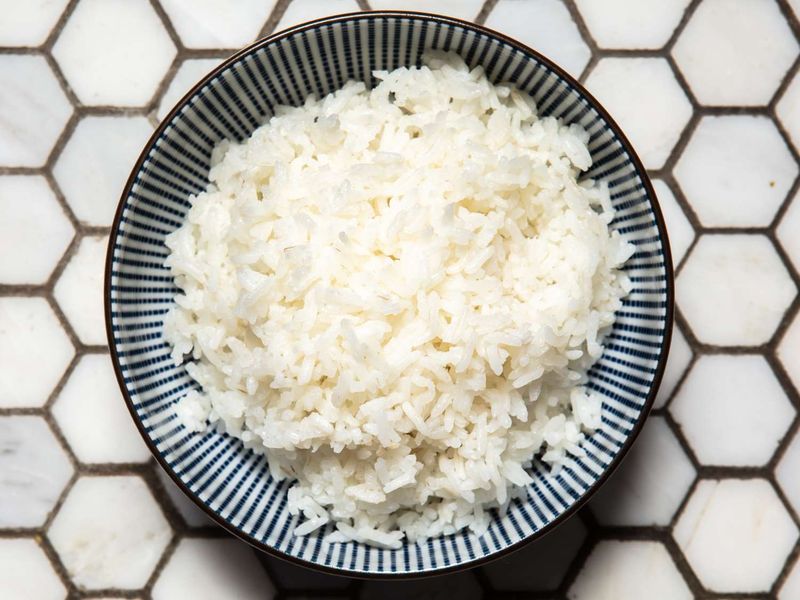
Plain White Rice is a staple in many cuisines, including Japanese, but eating it alone doesn’t offer much excitement. Its role is usually to complement other dishes, providing a neutral base.
While important in balancing flavors, on its own, it doesn’t capture the essence of Japanese culinary creativity. The simplicity might leave those seeking adventure a bit underwhelmed.
For a more flavorful rice experience, exploring seasoned or mixed rice dishes can provide a richer taste of Japanese cuisine.
20. Order: Sushi Rice
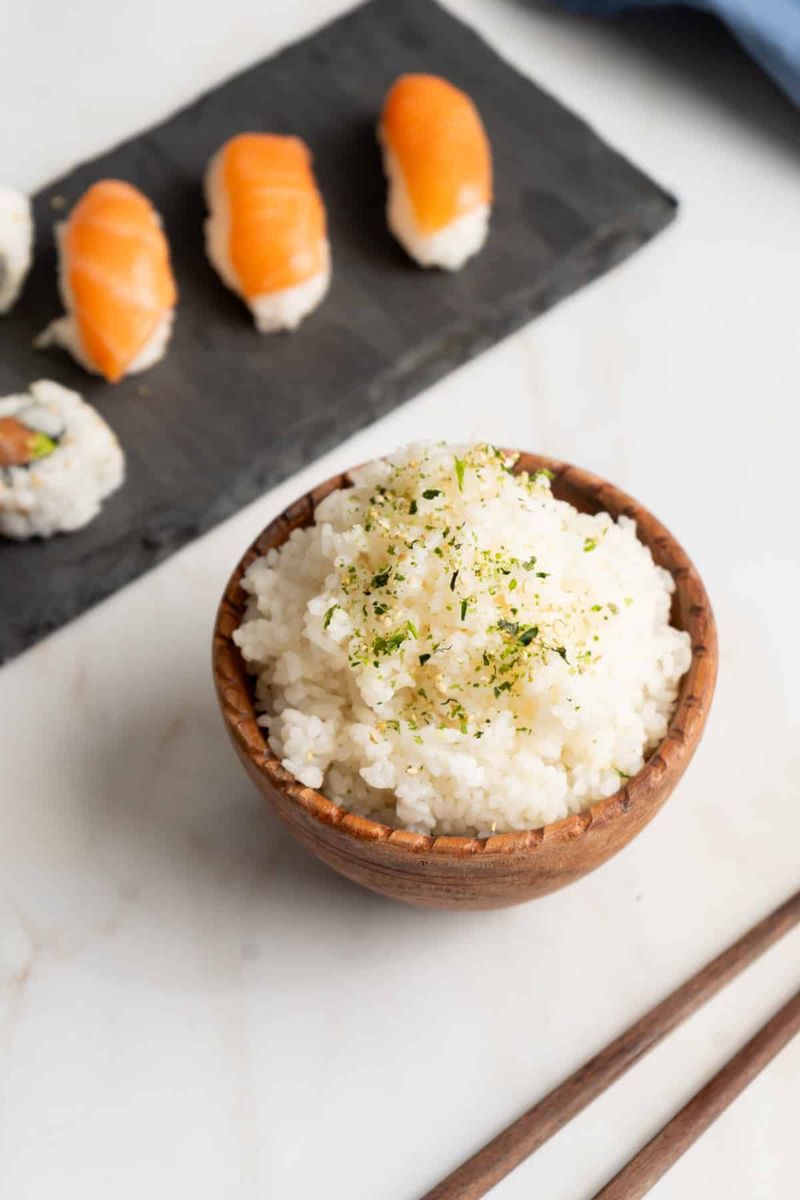
Sushi Rice is a cornerstone of Japanese cuisine, celebrated for its perfect balance of vinegar, sugar, and salt. This seasoned rice is used as a base in many sushi dishes, enhancing the flavors of accompanying ingredients.
Its glossy texture and slight tang provide a distinct taste that elevates any sushi experience. For rice lovers, Sushi Rice offers a more intriguing and flavorful alternative.
As a testament to Japanese attention to detail, it transforms a simple staple into a culinary highlight, making it a must-try for those exploring authentic dishes.
21. Skip: Yakisoba
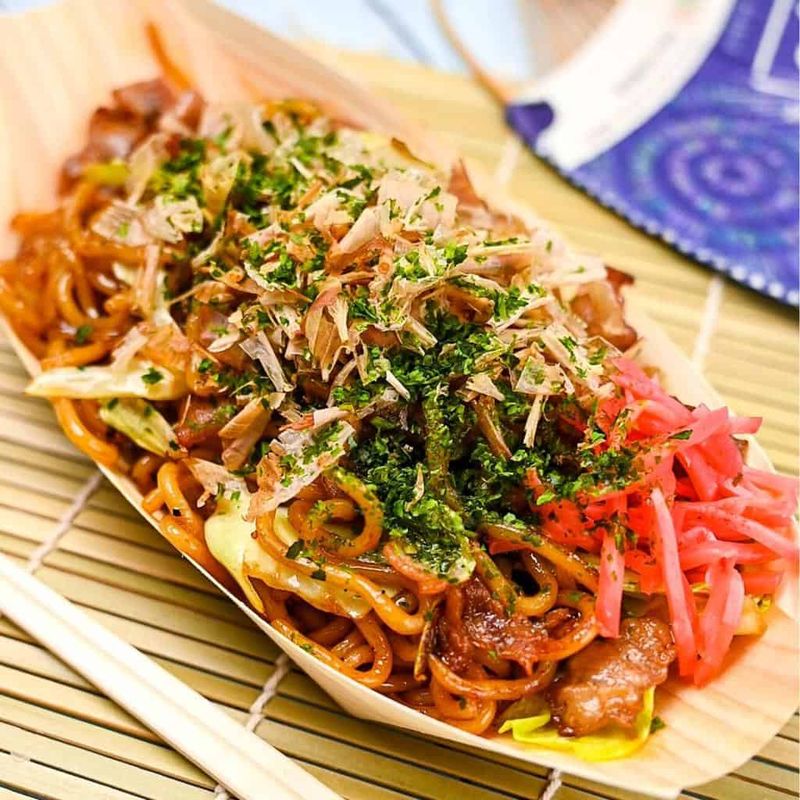
Yakisoba, often found at food stalls, is a stir-fried noodle dish that might seem appealing but lacks authenticity. Typically, it consists of wheat noodles with vegetables and a sweet sauce. Though tasty, it resembles Westernized Chinese food rather than traditional Japanese cuisine.
For those seeking genuine Japanese flavors, Yakisoba might disappoint. Its taste is more reminiscent of street food than a refined meal. Instead, explore other noodle dishes that offer a more authentic experience.
Consider the dish’s prevalence at festivals and casual gatherings as a reason for its popularity. Despite its charm, it might not satisfy culinary adventurers.
22. Order: Okonomiyaki
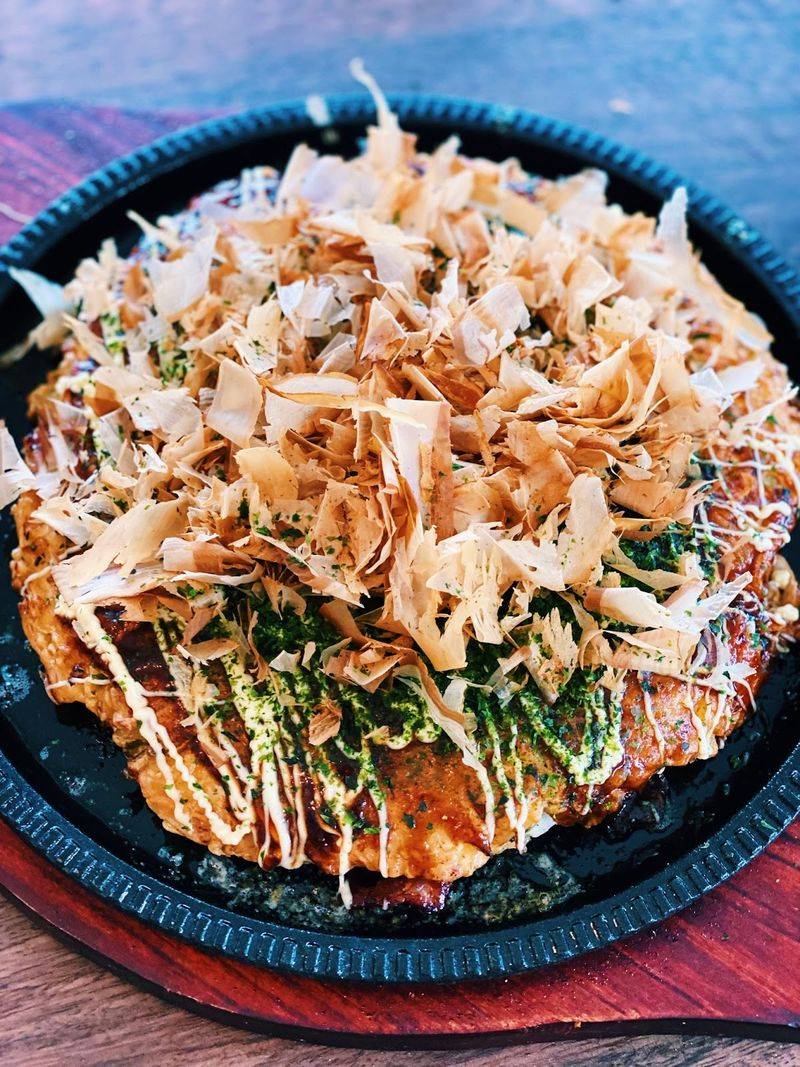
Okonomiyaki, often described as a Japanese savory pancake, is a culinary adventure worth undertaking. Imagine a flavorful pancake concocted with a variety of ingredients including cabbage, seafood, or pork, bound together by a delectable batter.
The dish is typically cooked on a hot grill, allowing the edges to crisp up beautifully. Topped with mayonnaise, a tangy special sauce, and bonito flakes, Okonomiyaki offers a symphony of flavors.
This dish is a favorite in cities like Osaka and Hiroshima, each offering their unique twist. Trying Okonomiyaki provides an insight into regional tastes and Japanese culinary creativity.
Leave a comment